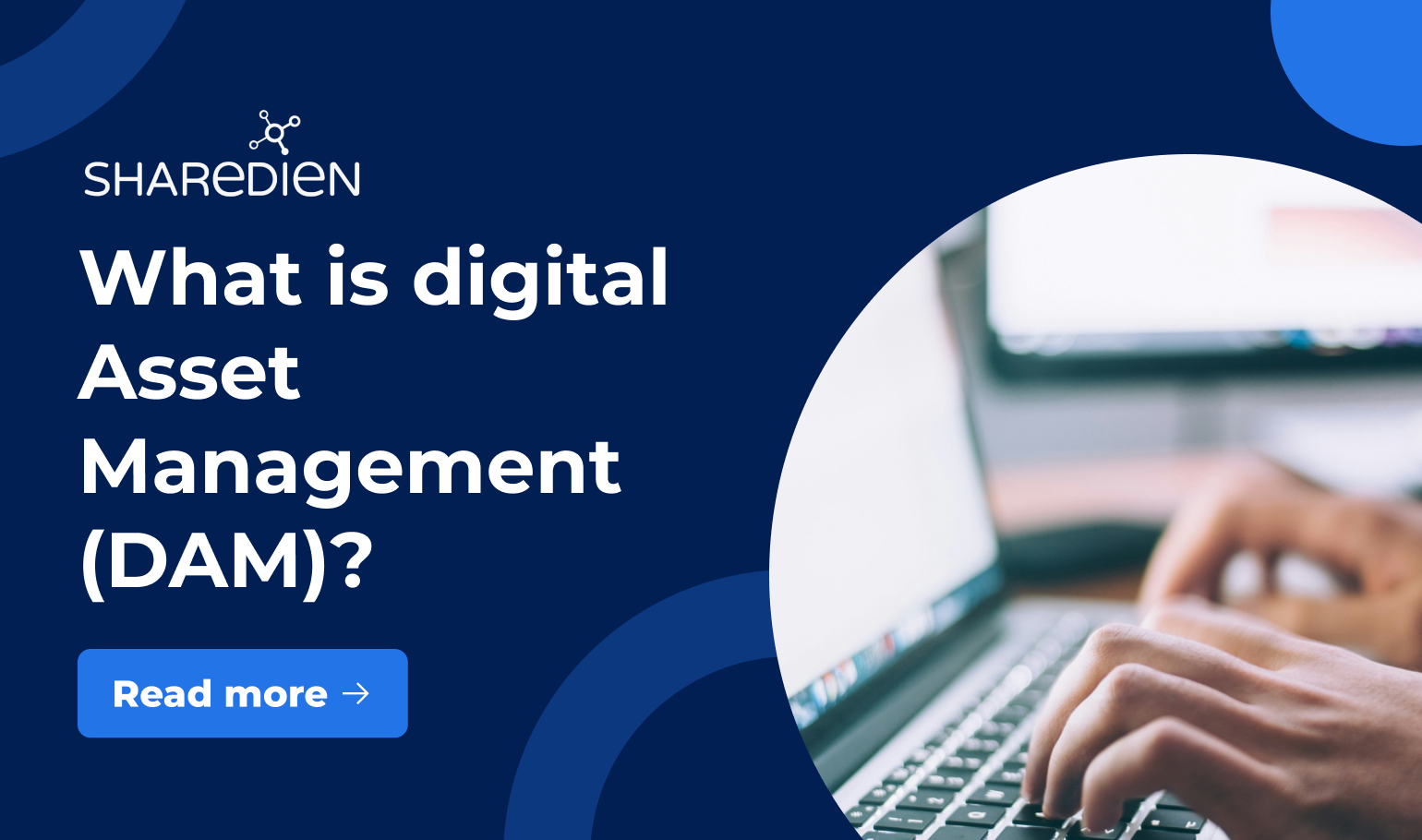.jpg)
.jpg)
Artificial Intelligence
OCR technology: text-in-image search and automated tagging
Automatically tag large amounts of images and thus give employees more space for more important tasks?
Automatically tag large amounts of images and thus give employees more space for more important tasks? This is possible with Optical Character Recognition (OCR for short) — an AI-based technology for extracting texts in digital image formats. Learn more about OCR, text-in-image search and auto-tagging in Sharedien DAM in this article from the series “How AI simplifies digital asset management.”
OCR in Sharedien DAM
Sharedien uses OCR, for example, for auto-tagging and text-in-image search in the DAM system. The software recognizes text elements in digital content, such as the brand name on a product image, a poster or an advertisement, and converts them into machine-readable information and tags. All information can be displayed as descriptive metadata and made fruitful for search processes.
In addition, Sharedien DAM offers the option to adapt OCR metadata capture to your own requirements and flexibly configure metadata mapping. Let's assume that the OCR software recognizes a brand name on an image. In Sharedien DAM, you can specify that it is automatically inserted into the “Manufacturer” metadata field.
What exactly is OCR and what purpose does it serve in the DAM context?
Optical character recognition — or OCR for short — is regularly translated as “optical character recognition.” Colloquially, we speak of automatic text recognition, with modern OCR software precisely recognizing both fonts and characters.
An OCR process basically works in a similar way to our human reading ability: The software analyses visual features in a file, be it a PDF document or an image, compares them with known patterns and interprets them accordingly. The result of an OCR process is machine-readable text that is ready for further digital processing. A DAM system with OCR text recognition can therefore automatically enrich and tag digital content with meta information. This not only saves time, but also allows images to be retrieved based on their textual content.
The benefits of Sharedien OCR at a glance:
Error reduction: A major strength of OCR technology and auto tagging lies in reducing sources of error in digital asset management. Manual entries are naturally prone to errors. In Sharedien DAM, digital content is therefore indexed and tagged automatically and directly upon import, and information can also be added manually.
Time savings: The biggest advantage of OCR technology and text-in-image search is the enormous time savings. Automatic text extraction eliminates the time-consuming review of digital content such as documents and images and the entry of metadata. This significantly speeds up search and work processes and allows employees to concentrate on more important tasks.
Conclusion: Sharedien OCR offers a powerful solution for automatic tagging and text-in-image search. The technology saves time, reduces errors and significantly increases efficiency in digital asset management. Take advantage of OCR technology and improve your digital asset management workflows.
See how AI makes digital asset management simple — with Sharedien
In the first part of our blog series, we focused on intelligent search functions (Content-based Search & Similarity Search), which make it easier and faster to find content in the DAM system.
Learn more about Sharedien AI-Search here.

Weitere
Artikel
Informieren Sie sich weiter und schauen Sie mal bei unseren letzten Blogartikeln vorbei...
.png)

Dynamic dual leadership for future growth


List of the 20 most commonly used marketing collaterals and a brief description


What is DAM?



